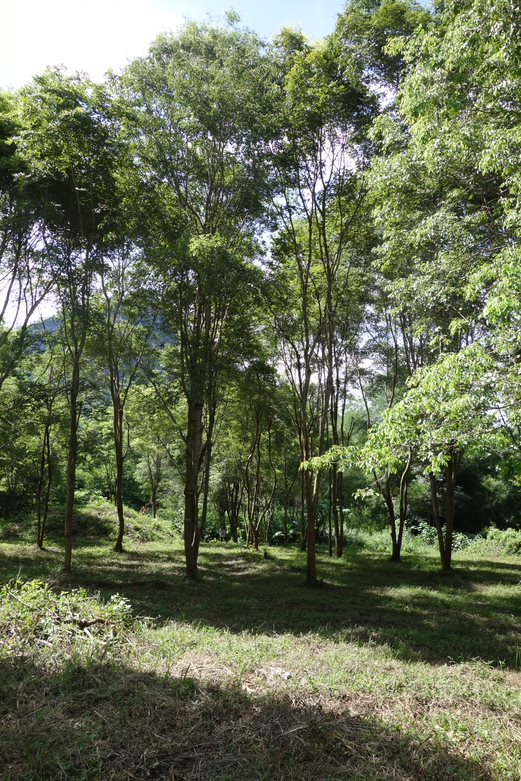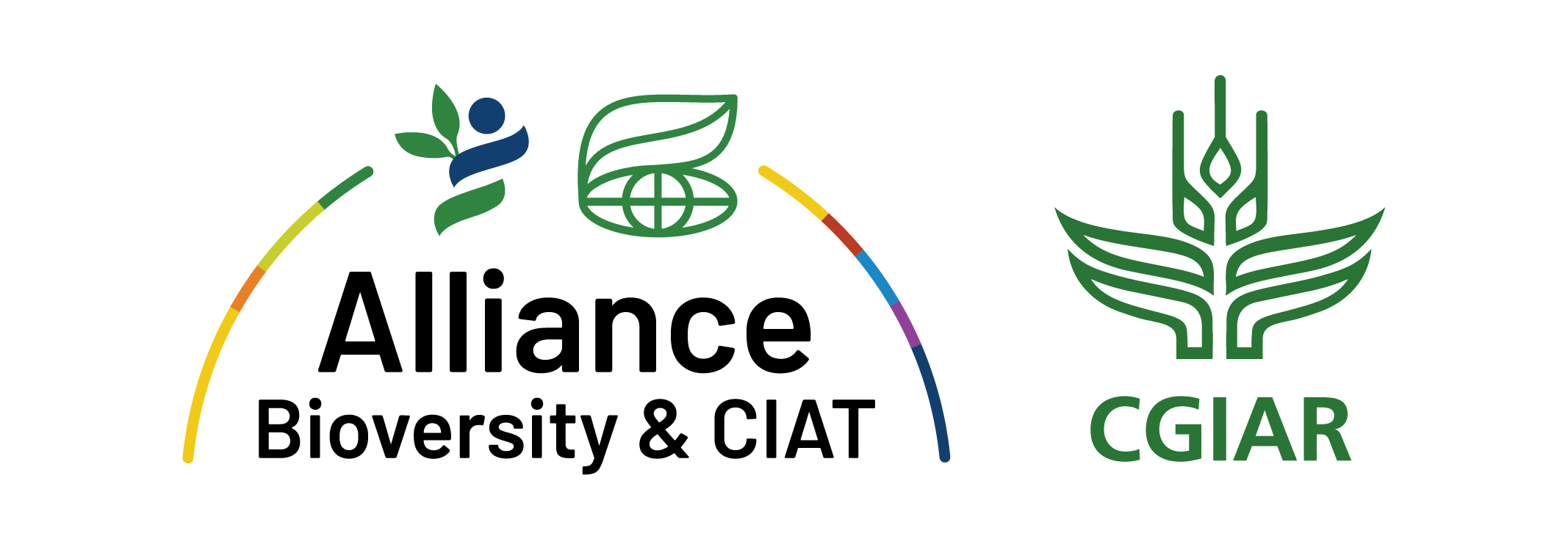Why did you decide to focus on the Dalbergia species?
JM: The wood of the Dalbergia species is highly valuable, and there is a lot of illegal logging for it, which has made many of the species endangered. Illegal logging has made it so that in situ conservation in natural forests will not be enough to conserve the species. We are going to need to engage in more ex situ conservation activities through tree planting, if we are to succeed in conserving the Dalbergia species.
Mr. Bounithiphonh, could you tell me more about the activities that are being conducted in Lao under the Rosewood Project?
CB: In Lao, we are working very closely with local communities. Forest Research Center of Lao PDR has a limited number of staff members and a limited amount of resources, so the participation of locals is very beneficial to us.
In order to get local people involved, we give them incentives. For example, our studies on seed sources provide locals with information about how to collect and market seed.
JM: This interpretation of seed sources also enables local people to grow seedlings for sale or for plantation in their community forests.
The Rosewood Project takes a regional approach to conservation. How does this make a difference for a species as opposed to a more local approach?
JM: One of the actions that we are doing is setting up provenance trials; collecting seeds from different countries and then bringing them together to set up a trial where we are comparing materials from different sources. And that can inform things like seed transfer zones, or how far seed can be moved without losing its capacity to adapt to the planting site, which is important for climate change. It goes beyond the modeling because we are actually testing genetic materials by moving them around to different ecological regions.
By setting up provenance trials we are able to get a sense of phenotypic performance and diversity. Sometimes, the very local species are not the best-suited for that environment. Sometimes when genetic material is brought in from a little further away, it does extremely well. This is because, trees’ pollen travels quite far and their range of local adaptation is quite broad. Timescales are very long in the case of trees as well; trees that are present in a locality now may be better adapted to the environment that 1,000 years ago.
Professor MacKay, part of your research is about genomics and species adaptation in the face of climate change. How can the study of genomics be beneficial when it comes to tree breeding and adaptation in the face of climate change?
JM: Yes. Broadly, I work on tree breeding, but more and more of our tree breeding work has to consider climate change.
Genomics can give us tools that are helpful for understanding the genetic basis of adaptation. Understanding the genetic basis of adaptation can help us gain insights into how we can adapt breeding strategies for climate change.
For example, I have a PhD student who is looking at the evolution of drought response in conifers to try and understand some of the different kinds of responses that are known to occur in conifers. That understanding could enable tree breeders to be effective when breeding different conifer species.
There are many other valuable and threatened species in the region. How could results or methods with this project with Dalbergia be extended to other species in the region?
CB: If this project succeeds, it will provide a very good example for other projects in the region.
JM: I would agree with Mr. Bounithiphonh. For example, some of the toolkit that has been developed for the Darwin Project could be used for other projects.
Read more about what Conserving Dalbergia initiative is doing to to safeguard the genetic resources of Dalbergia.

